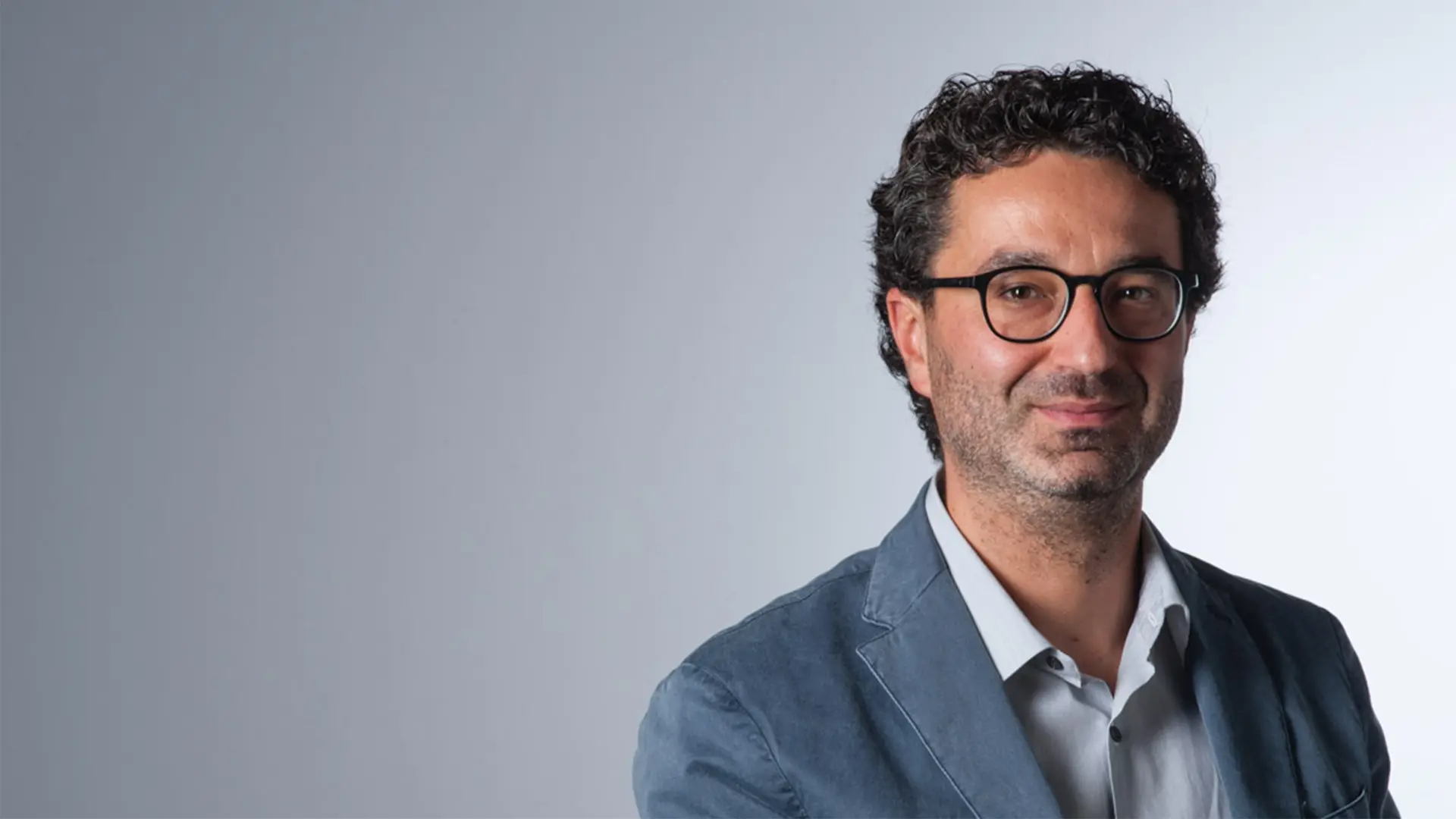Design between new technologies, UX and social innovation
Venanzio Arquilla

I am Venanzio Arquilla, a designer originally from Abruzzo, who graduated with honours in Industrial Design in December 2000. I began at once my university research and lecturing career at Politecnico di Milano, where I am currently an Associate Professor. I am the secretary of the Product Design Programme, which comprises the Bachelor in Industrial Design and the Master of Science in Integrated Product Design.
I took part in some of the leading national and international research programs on design, including SDI Sistema Design Italia, Me Design and, more recently, DeEP Design in European Policy. I had the pleasure and honour of collaborating with several colleagues and friends, from whom I learnt and to whom I am much indebted, such as Giuliano Simonelli, Stefano Maffei, Francesco Zurlo as well as Ezio Manzini, Flaviano Celaschi and plentiful others.
My approach to research has always been very applied-like, hands-on as we would now call it: I always pursued action-research projects with companies, institutions and territories to ground and test directly on the field theories and methods whereby I could find novel stimuli and perspectives.
I followed an important series of development projects for small to medium-sized enterprises and industrial districts: DAC Design for Arts and Crafts, with DAC Tool, DEA Design e Artigianato per il Trentino, until the most recent Trentino Design 3.0 that was awarded the ADI Design Index for research in 2017 and ADI Lombardia’s Lombard Excellence Prize for Research, and mentioned with honors at the XXV ADI Compasso d’Oro.
In all these projects, the underlying idea has always been to facilitate the encounter and contamination between young designers, micro and small enterprises and artisan businesses.
These projects have yielded significant results over the years and have contributed to the emergence of important talents of current design, such as, for instance, Odoardo Fioravanti, Brian Sironi, Sandro Meneghello and Marco Paolelli, Emanuele Magini, Fabio Guaricci, Peter Perbellini and many more. Several collaborations were established between designer and companies, and a large number of companies started understanding the value of design for their own business, investing in this regard.
Thanks to the opportunity of being close to the innovative processes, different interests that characterise my latest activities have arisen. In particular, two seemingly distant aspects are in actual fact quite interlinked: on the one hand, the world of social innovation associated with making and with the new forms of production; and on the other hand, the relationship between design and new technologies with a focus on the Internet of Things (IoT) and on User Experience Design.
On the topic of Making, I have coordinated, along with my colleagues Stefano Maffei and Massimo Bianchini, the FARB 2012 project headed “MakeFactory, New interconnection models between design, digital manufacturing and production networks”, which led to the implementation of Polifactory and to the development of the MakeinProgress project, of which I am the scientific coordinator.
MAKE IN PROGRESS
A program of actions and events, running parallel to the restructuring of the former spinning mill, which enabled the emergence of young talents and contributed to the creation of an original business model founded on asset management. Thanks to design, in fact, an Open Creative Lab has currently been defined, i.e., a complex place where activities linked to making coexist with a fab lab, experimental activity on contemporary art and theatre, and labour-related activities, with an employment desk and two different types of co-working in a peripheral context, all of them geared to a collective learning and social making. Design has managed the process stimulating an unexpected local resilience, generating value for the territory through the activation of social innovation processes, and generating new social businesses.
Simultaneously, my research activity is focusing on a rising phenomenon that is changing our lives, our manner of doing business, producing and consuming, i.e., digital transformation and servitisation. Within this specific context, I am researching, teaching and experimenting in how design could humanise the increasingly more technological products and services. This means working on physical and digital interfaces bordering on Interaction Design, defining new and more effective user experiences.
To that end, through various Degree and now PhD theses, with Ilaria Vitali, we are working on the definition of a method and a toolkit for the design of IoT products, the Mapping the Iot project.
Convinced as we are that design, with its ability to build engaging user experiences and its cultural approach linked to the meta-project, can define a balance between the tangible and intangible parts of connected products or IoT, conferring new meanings on the same and rendering them desirable, and transcending the current proliferation of tech-gadgets.
I have moreover founded, and I am following with Davide Genco the Higher Education Course in User Experience Design, provided by POLI.design, which has reached the 5th edition in 3 years and is garnering transversal interest from both companies and professionals. On this specific issue, the opportunity is arising for the launch of an Experience Design Academy, and recently we witnessed the creation of an event titled Experience Matters that brought together Marketing+Design+AI to reflect on how can be developed ethically, correct, and engaging user experiences.
These issues are entering the teaching arena as well through:
- The Laboratorio COMETA on the issue of Autism, a programme that is part of the on-the-field POLI.social teaching promoted in collaboration with Fondazione Trentina per l’Autismo and a host of Milan-based associations and institutions, which from this year will focus precisely on the topic of autism and new technologies in collaboration with the Department of Electronics, Information and Bioengineering (DEIB) and with the Inter-departmental Laboratory for Environmental Design and Multisensory Experiences (EDME);
- The Laboratorio di Sintesi Finale SMART DESIGN that intends exploring the most contemporary dimension of the design project or the interrelationship between design, new technologies, materials and interaction. In its second year with the collaborations of companies such as Braun, Whirlpool, Daken, E-Novia e Habits.